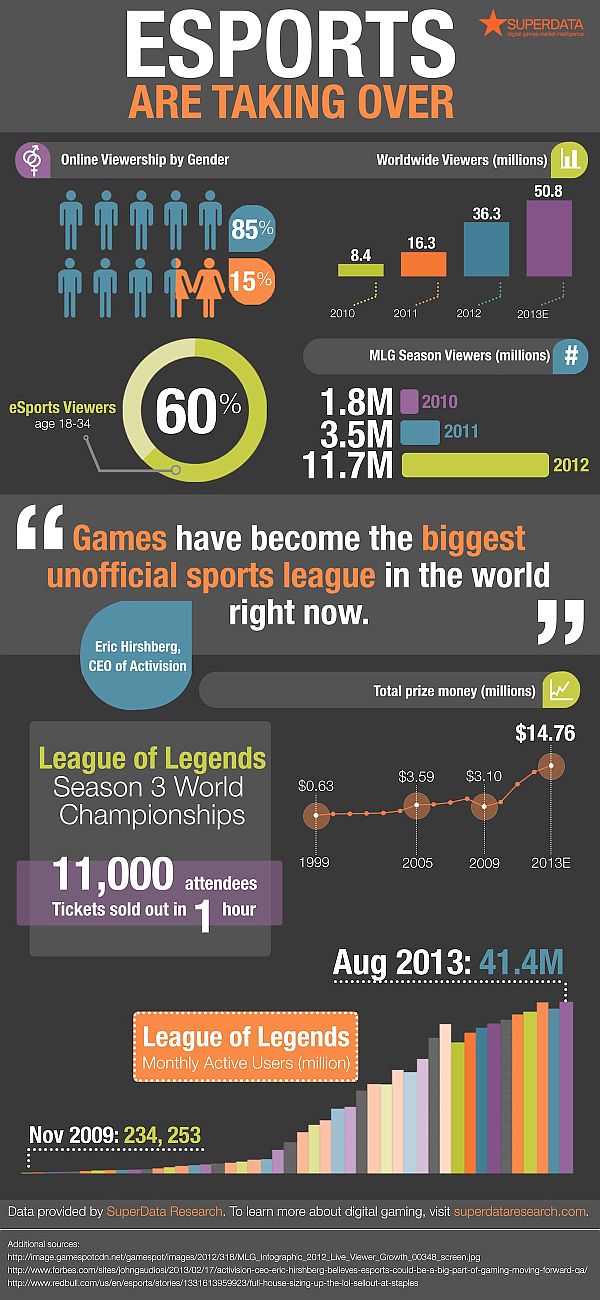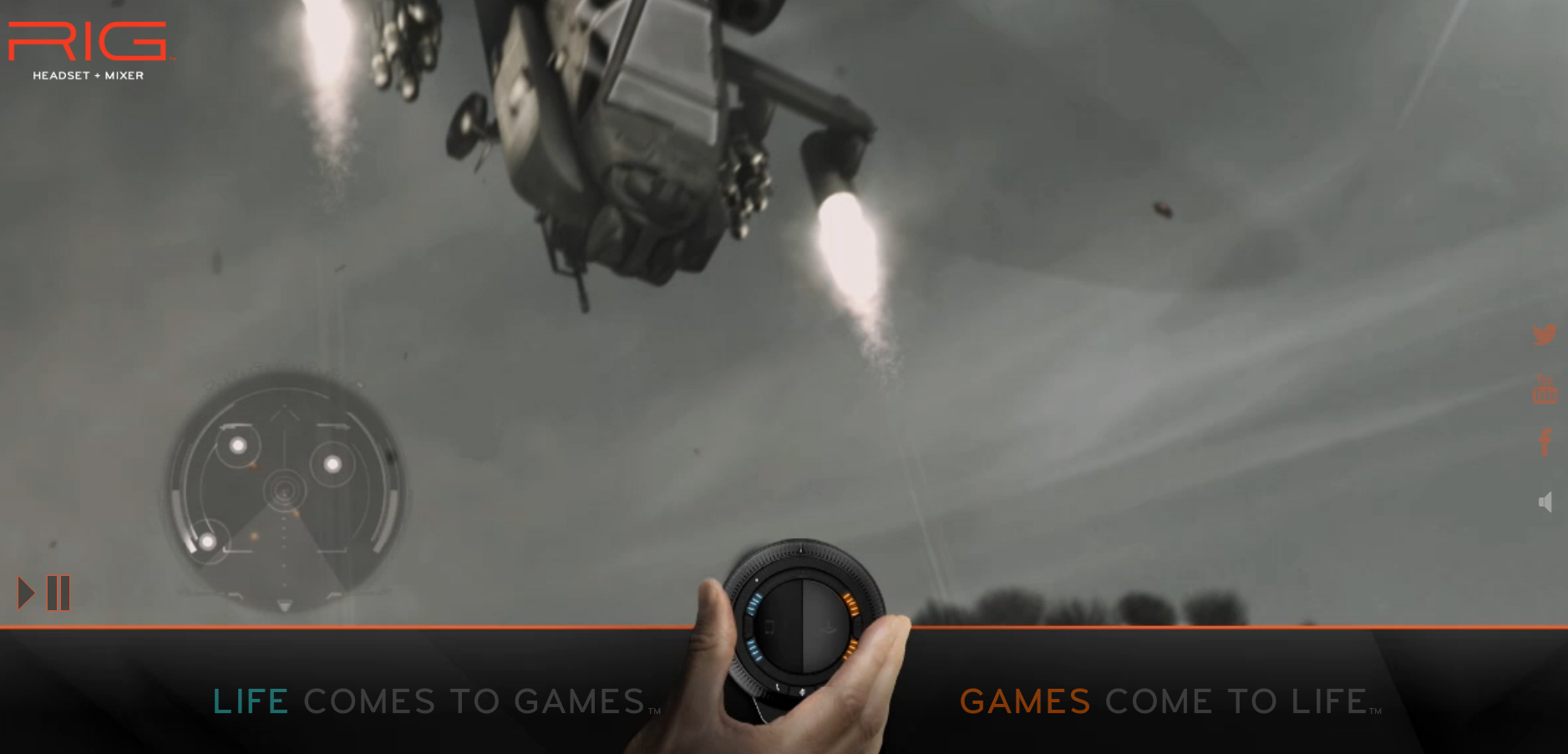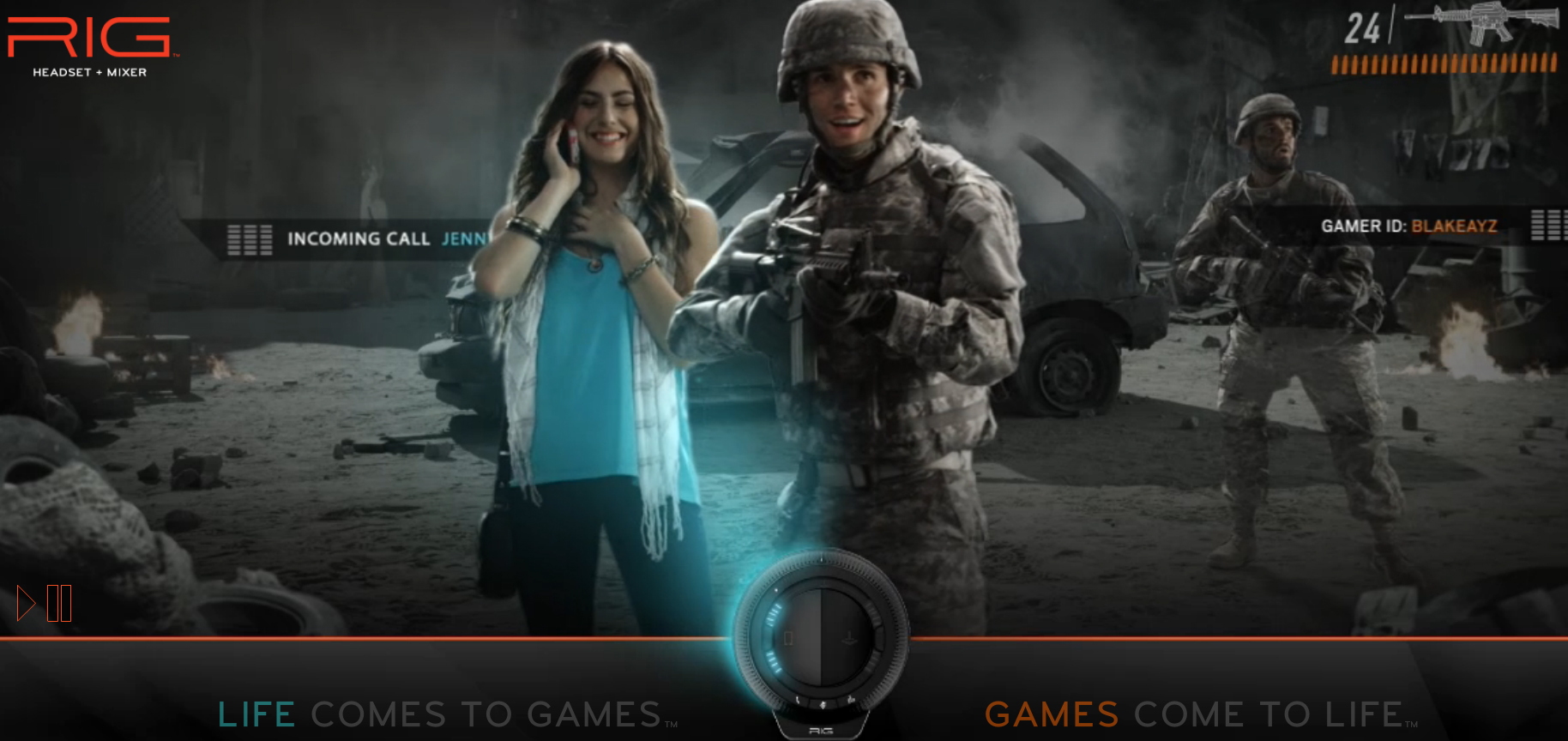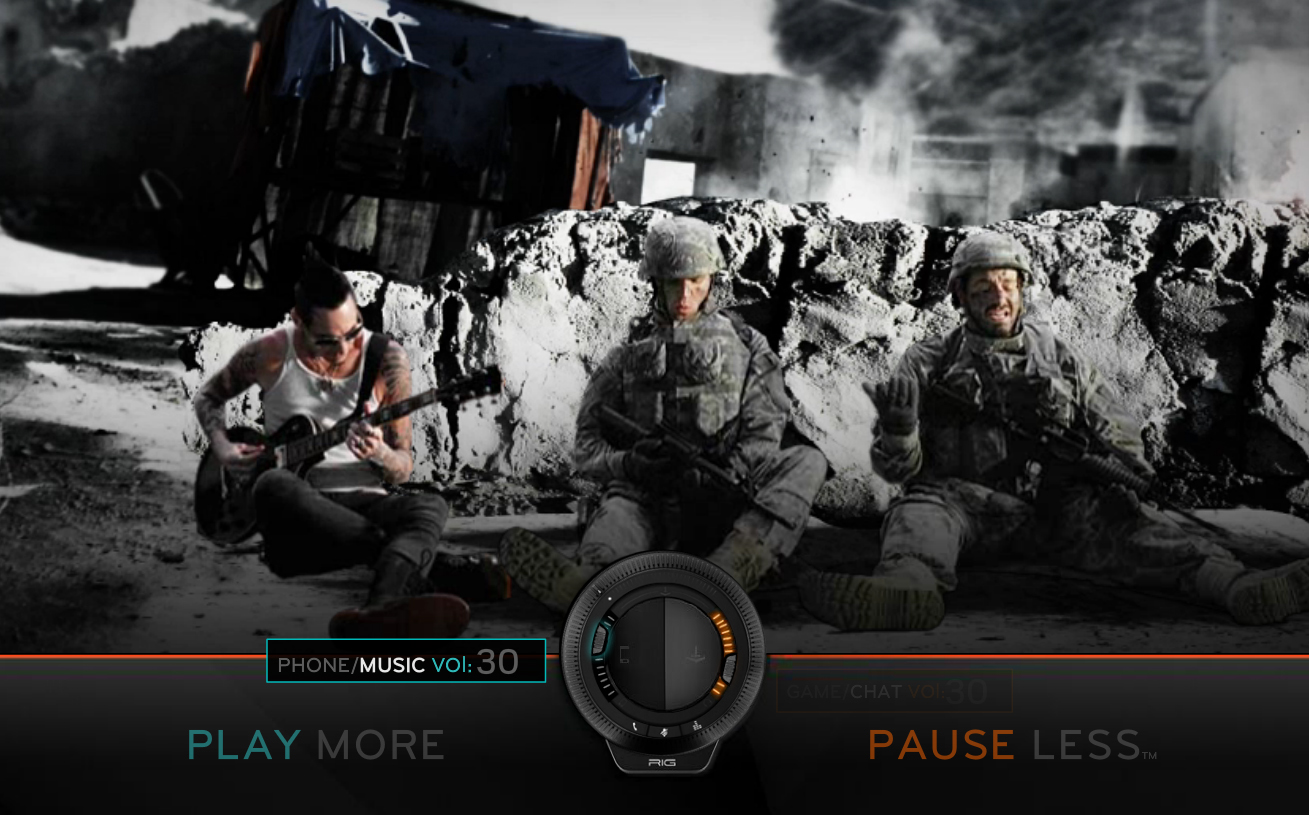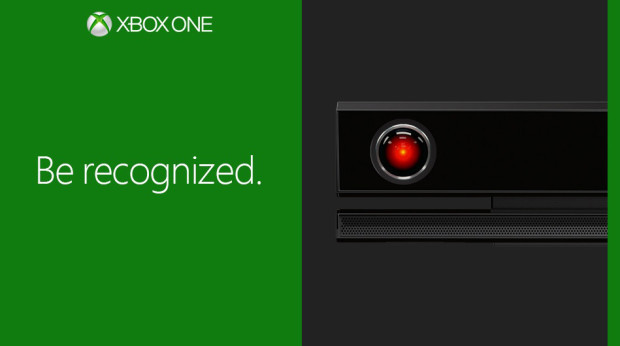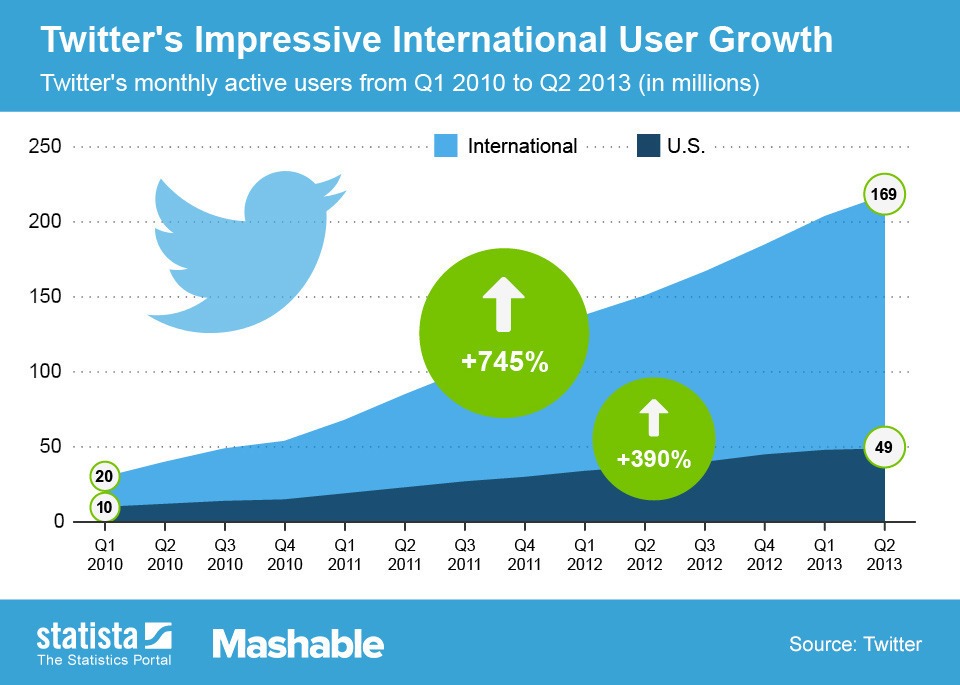Rebel Entertainment is an online game studio in Burbank, California, comprised of veterans from Disney, Zynga, Atari, Insomniac, Electronic Arts and other companies. Rebel is a division of IAC, the media giant (2012 revenue: $2.8 billion) that owns sites ranging from Ask.com to CollegeHumor.com to Vimeo to The Daily Beast. Rebel’s first game, Dungeon Rampage, is an online action-RPG available of Facebook, Kongregate, and at DugeonRampage.com. Rebel’s newest project is Storm the Gates, and the company is turning to Kickstarter in order to launch the game.
Why should a division of a major company turn to crowdfunding to bring a game to market The [a]list daily spoke with Rebel CEO Mike Goslin to find out the answer.
“Storm the Gates is cross-platform and multiplayer,”said Goslin. “It’s a very ambitious game in terms of bringing new kinds of gameplay to tablet and cross-platform. It’s also targeting more of a core audience, although it’s pretty accessible, with a lot of depth and a lot of competitive play.” Goslin notes that the game is turn-based, but you don’t have to wait around for people to make their moves. “We’re really trying to accommodate people’s schedules,” Goslin noted. He added, “We do have a head-to-head strictly turn-based mode” which will appeal to people who want a more immediate sense of combat. The game is set in what Goslin calls a “rich fantasy world” with orcs and humans battling for control, and new races planned for expansions.
The game sounds like it’s got key features that players are looking for: mobile platforms, cross-platform, easy to pick up but with a lot of depth. So why does Rebel need to turn to Kickstarter to get the game on the market?
“A little bit of it is opportunistic,” said Goslin. “We were founded by IAC as our single large investor, and we did Dungeon Rampage under that circumstance. We started development on this game and got pretty far along, it was pretty close to being launched, when IAC decided it wanted to scaled down their investment in games, including us. We were left with a game that was mostly done, and although we could have gone out and done traditional funding for it, we thought that it was almost done and we’d like to find out how well the game does before we go out and raise more traditional kind of VC or other investment money.”
Goslin continued, “We thought we’d try Kickstarter because they give us more flexibility on what we’d do with the game. We’re also intrigued by by the idea of crowdfunding rather than going with a tradition publisher or investor. It’s not proven yet whether you can do a game like this for the platforms we’re doing it for, so it’s relatively high risk but also high reward. So we though we would benefit from having more control if we could essentially fund it through Kickstarter and our own means.”
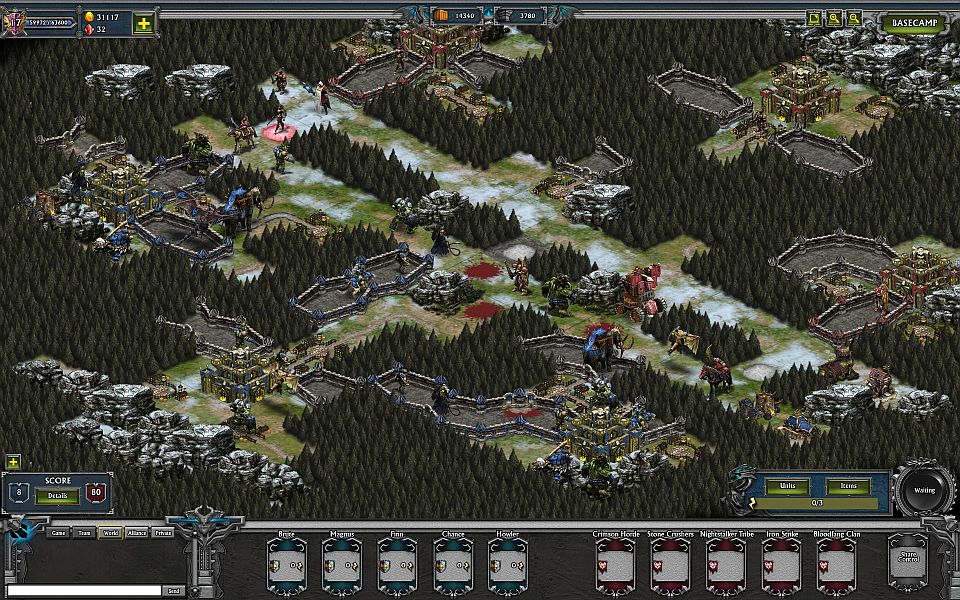
The game is targeted for Android and iOS tablets, then will arrive on PC and ultimately for Facebook as well. “It is playable on a smartphone, but it’s a better experience on a tablet,” said Goslin. “It’s nice to be able to access it from your phone too, because you might want to just send a message to your teammates or make a few moves. One of the things that sets this game apart from other strategy games is you can play team multiplayer, up to five versus five (against other players or against AI). This creates some amazing, epic confrontations when you’ve got teams going up against each other on a big board.”
Storm the Gates is designed as a free-to-play game, where you can use money to buy more moves — but only up to a point. “We wanted to balance it so it’s not a pay to win experience,” said Goslin. “You can only use a certain number of special items, and thatt won’t guarantee victory.” Most of the monetization is around collecting units, or ones that allow you to team up in a complementary way, Goslin explained.
The game is already far along in development, with testing having been ongoing for a year. “We’re prepared to launch within weeks after the Kickstarter closes,” said Goslin. “We’ll do the Kickstarter for 30 days and we probably need two to three weeks after that before we can launch. We’re thinking definitely fall.”
One of the things designers like Chris Roberts say they have gotten from crowdfunding is feedback on the design. “The core audience for this game is heavily represented in the Kickstarter community, so it’s a great vehicle for us to both gauge interest from that core audience and get feedback on what they want to see in the game,” said Goslin. “We have a lot of content that’s in advanced stages of production, but we can choose to focus on some or others based on feedback we’re getting during the Kickstarter.”
So far, the Storm the Gates Kickstarter is moving slowly. It’s still under $5,000 pledged towards a goal of $400,000 after nearly a week, which does not exhibit the kind of early enthusiasm needed to propel successful Kickstarters. It’s a tough audience there, with many games vying for attention and pledges. Rebel may need to seek alternative ways to bring its new game to market and build the audience for it. It seems these days a good Kickstarter campaign needs a good pre-campaign effort in order to hit the ground running, adding to the time, complexity, and difficulty of successful Kickstarters. There are no easy paths to getting a game to market.
